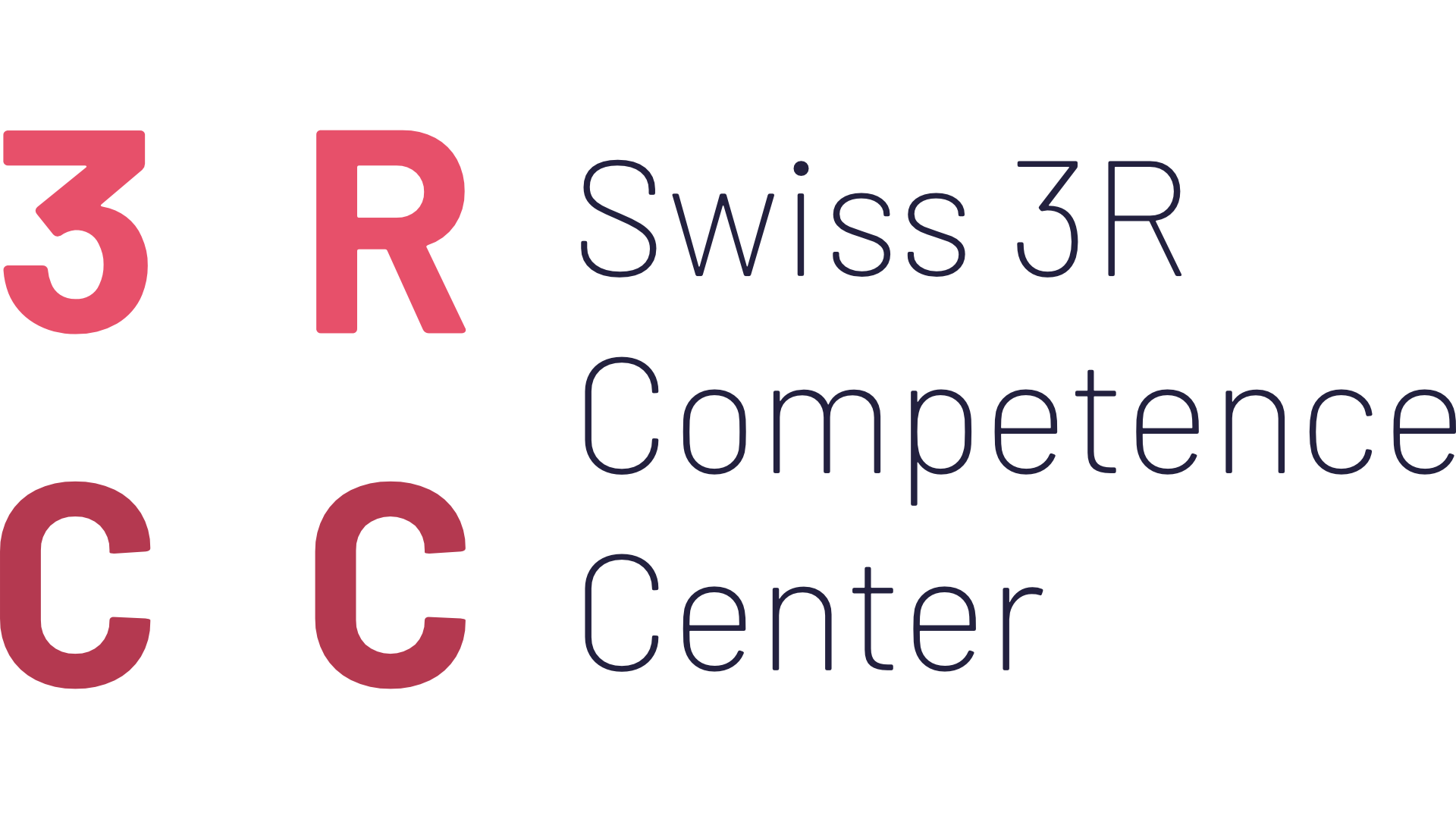BACKGROUND
Transgenic animals represent a powerful tool in Biology that enables the study of cellular and molecular mechanisms, the modeling of diseases, and assessing the efficacy of therapeutic interventions. Among all mammalian species, the mouse stands out as a highly utilized model organism in research1. Seminal discoveries in biotechnology, in particular the culture and genetic modification of pluripotent stem cells (PSCs), and genome engineering through CRISPR, enabled production of transgenic animals, most notably mice1. Both approaches carry advantages and disadvantages, and while CRISPR injection into Zygotes replaced, to an extent, the use of PSCs for transgenic animal production, introduction of large DNA fragments, as well as chromosomes into cells cannot be achieved via CRISPR injections into embryos and requires transmission through PSCs2,3. Additionally, generation of CRISPR-targeted PSC clones enables screening for correct targeting and lack of CRISPR-induced off-target mutations in PSCs in vitro, prior to generation of transgenic animals in vivo4. On the other hand, CRISPR delivery to embryos can facilitate faster production of transgenic animals, albeit screening to find targeted “founder” animals for breeding can be labor-intensive1.
Overall, using either approach, generating transgenic animals for biomedical research can be a time-consuming and labor-intensive process that results in the production of excess animals that do not possess the desired transgene. This constraint represents a major impediment to research and animal welfare, as it necessitates biopsy sampling and genotyping, consequently leading to the sacrifice of animals that are non-transgenic. To address this problem in this application we propose to optimize the production process of transgenic animals, rendering it rapid and potentially ultra efficient. This achievement is expected to yield a significant reduction in the number of surplus animals generated in transgenesis. Furthermore, in a separate objective, we propose a humane method to induce sterility, other than vasectomy, during transgenic animal production.

